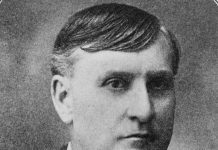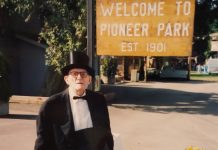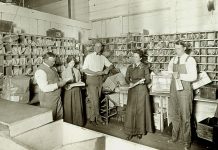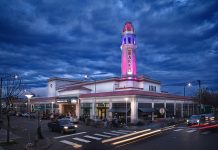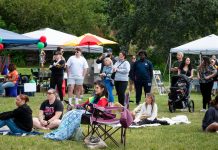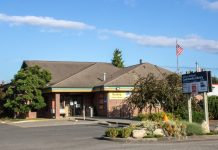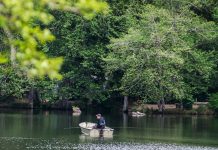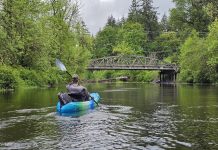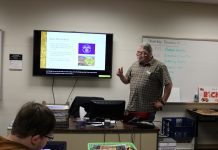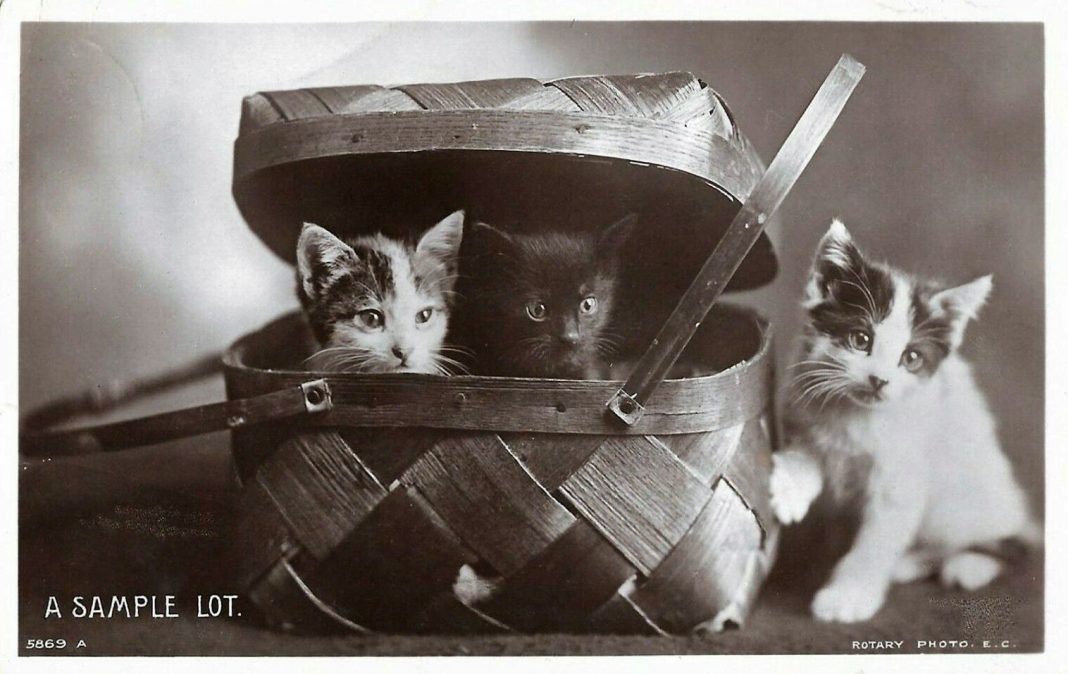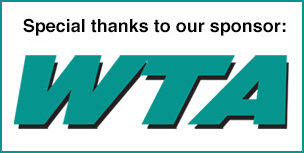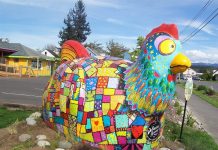It was a happy, boisterous time when Bellingham’s Swedish Club gathered for its annual picnic at White City Amusement Park at Silver Beach on Lake Whatcom in August 1912. For a small admission fee to the park, members could enjoy the rides at what the park promoted as the “best picnic grounds in the Northwest.” Club members and their families munched on the contents of their picnic baskets, listened to speakers, and watched a baseball game. There were also athletic contests for all ages and even a pie-eating contest.
Picnics were a popular form of recreation in America during the early 20th century, as an increasingly urban population sought an outdoor escape away from the grind of city life. This coincided with the establishment of many public city parks, including some in Bellingham and in Whatcom County. This included Whatcom Falls Park and Fairhaven Park.
While people could picnic whenever they liked (weather and time permitting), picnics proved a popular group activity. Clubs, veteran organizations, businesses, churches, and other groups often held annual picnics. For example, in August 1922 the Lee Grocery Company held a picnic for all its workers and their families (72 people total) at Cottonwood Beach on Birch Bay, complete with sports. Bigger companies like Bloedel Donovan Lumber Mills could afford to host their picnics at more distant locations. In summer 1920 it chartered small boats to take workers and their families over to Lummi Park on Lummi Island for its annual picnic.
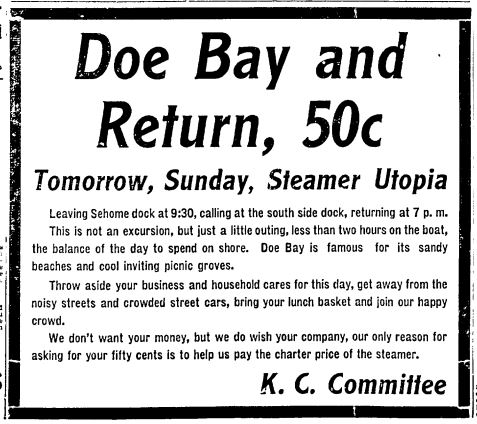
Veteran organizations began holding annual picnics after World War I. Returned servicemen from all around Whatcom County were invited for a picnic in Cornwall Park in 1919. Two years later, mothers of veterans hosted a picnic for former servicemen and their families at Fairhaven Park. The club served ice cream and coffee and asked people to “bring cups and well-filled baskets” loaded with baked beans, potato salad, sandwiches, and apple pie.
Groups also used picnics for fundraisers. For example, in June 1913 the Catholic clubs of Bellingham joined together for a picnic at White City. They served a chicken dinner, open to the public, to help raise money for a new parochial school (Assumption Catholic School) under construction.
The increasing affordability of the automobile opened up new picnicking possibilities, allowing more folks to leave the city on excursions. But people didn’t need cars to travel for a picnic; groups could sometimes take a train or boat to reach their destinations. The Knights of Pythias held a basket picnic, along with a clam bake and “mulligan,” at Semiahmoo in September 1916.
Businesses set up excursions, as well. In August 1909 the Whatcom County Grocers Association took a special train to Pioneer Park in Ferndale for its sixth annual picnic. A highlight of the celebration was a baseball game between grocery clerks and delivery drivers.
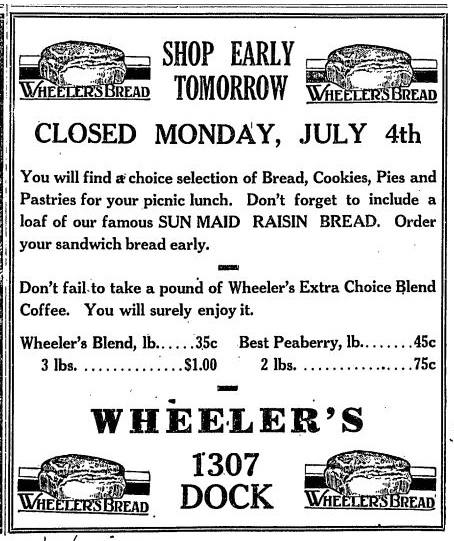
Others took boats to nearby islands, including the San Juans. In June 1911 the Knights of Columbus charted the steamer Utopia to Doe Bay on Orcas Island for a public outing where they promised sandy beaches and scenic “picnic groves.”
Picnics needed supplies, of course, and stores appealed to picnickers during
the summer months, enticing them with sales and offers. In an advertisement
placed in the Bellingham Herald on July 1, 1921, Wheeler’s Bakery (1307
Dock Street) declared: “You will find a choice selection of bread, cookies,
pies, and pastries for your picnic lunch. Don’t forget to include a loaf of our
famous Sun Maid Raisin Bread.” If meat was what you wanted, picnic hams retailed
for 14 ½ cents per pound at Owen Market Groceries’ three locations in October
1921.
But then came the question: What to pack for a picnic? The Bellingham Herald offered some advice in the article “How to prepare luncheons for out-door occasions,” published on April 26, 1905: “Often a housekeeper has found the giving of a dinner less of a problem than the setting up a meal for a picnic or an outing.”
The article offered serving sizes for coffee, tea, butter, and sandwiches. The picnic centered around the sandwich. “Sandwiches are reckoned at two or three each,” wrote the Herald, “and two slices of bread and butter each.” A basic sandwich could be made with “a tin of potted meat, whisked with a half-ounce of creamed butter or a good tablespoonful of thick cream.” (This was enough for “twelve to fifteen small sandwiches”). The article included recipes for other popular picnic fare like pressed beef, spiced beef, and cucumber aspic.
To pack sandwiches for lunch baskets before the age of coolers and cheap ice, the Herald suggested on April 5, 1904, in “How to Make Sandwiches,” wrapping them individually in “parafine [wax] paper to preserve its freshness or a dampened cloth should be laid upon the bottom of a dainty lunch basket and a moist napkin spread over the top.”
Whatever people in early 20th century Bellingham chose to eat or wherever they chose to spread their picnic blankets, they were taking part in a popular pastime that people still enjoy today in our area’s many beautiful parks.






